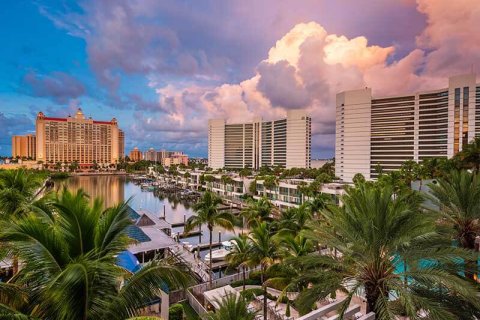
A new study conducted by employees from the Resources for the Future, the California University San Diego, and the US Government Accountability Office analyses Florida’s housing markets affected by hurricanes. Data for 2000 – 2016 shows that slight gentrification occurs in such areas within a few years after the natural disaster. The average income of new homebuyers increases, while the demand remains stable in the long term.
The authors made a conclusion that a hurricane causes a temporary surge in housing prices, probably because of a drastic reduction of supply, as some houses are destroyed by winds and waves. However, in three years on average the prices return to the baseline level, as the residential stock is rebuilt.
Over three years of higher house prices, the following changes take place.
- The average income of new homebuyers increases in proportion to the price growth. By the time prices stabilize, over 25% of all properties are owned by people with a higher income than before the hurricane.
- The other socio-demographic properties of residents, except the income level, remain unchanged.
- House prices in areas damaged by the elements are on average 5% higher than in other communities.
The demand for residences does not change in the long term.
The reason for changes is probably that rich homeowners can afford to pay the higher property price and purchase a more expensive insurance.
